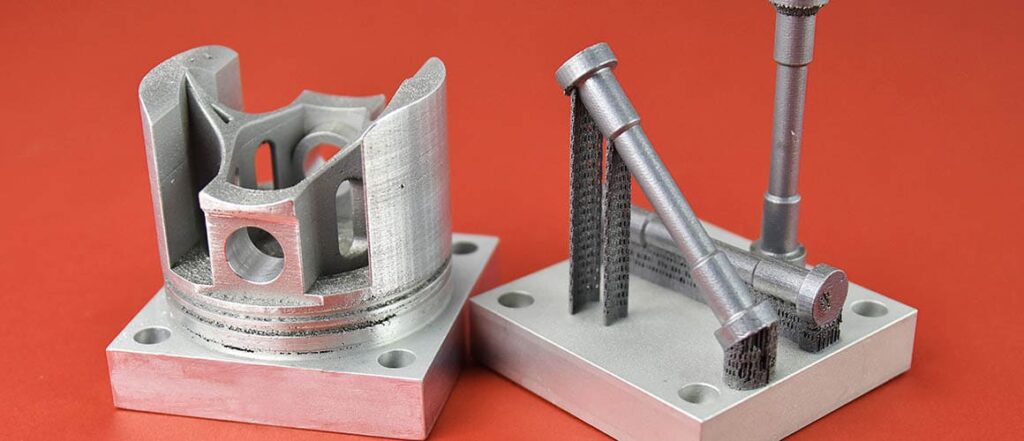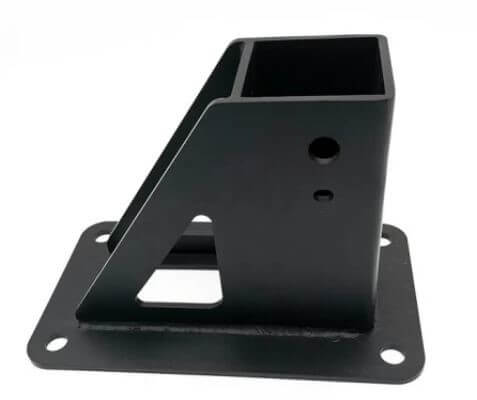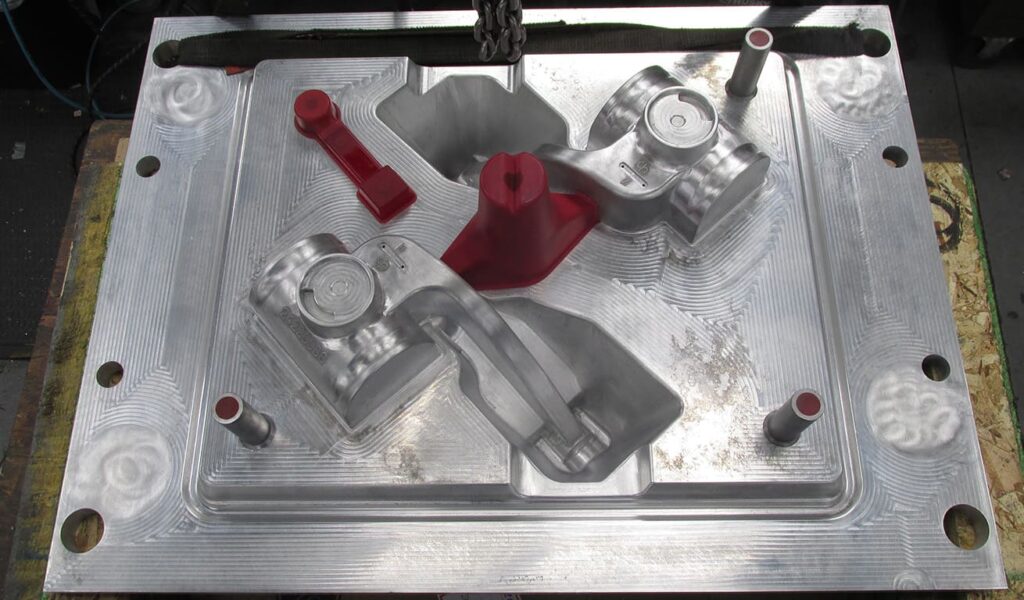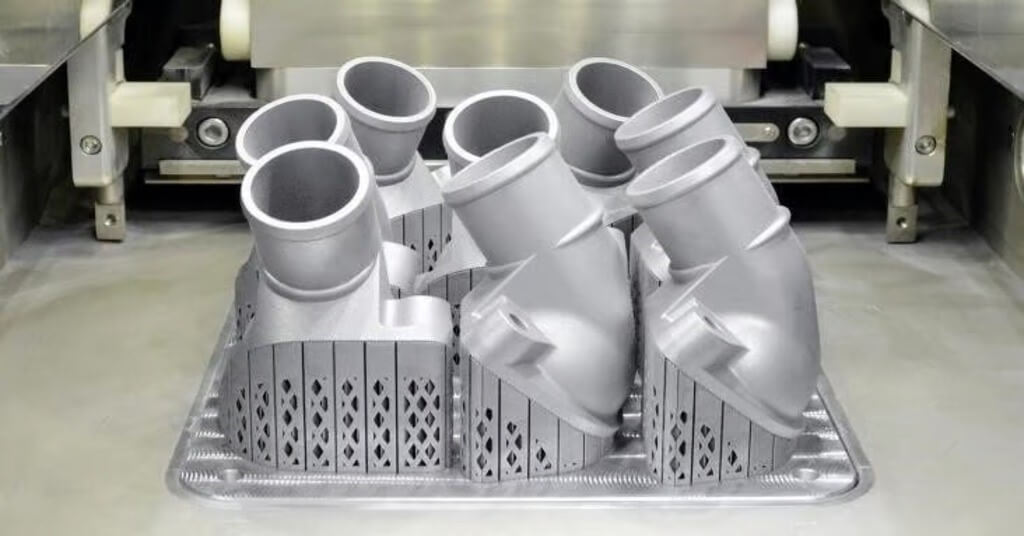Introduction to Aluminum Prototype Types
Aluminum prototypes can be manufactured using digital methods, each offering different levels of fidelity and suitability at different stages of product development. Each type of aluminum prototype has its advantages and limitations, and the choice depends on aspects such as required fidelity, budget, lead time, and production volume. Here are some common types of aluminum prototypes:
1.3D Printed Aluminum Prototypes
3D printing is considered a popular method for creating metal prototypes. The process is also known as Direct Metal Laser Sintering (DMLS) or Selective Laser Melting (SLM). It involves using a high-powered laser to selectively melt aluminum powder layer by layer according to a digital design. The method is best suited for complex geometries and rapid iterations.

2.CNC Machining Aluminum Prototypes
Computer numerical control (CNC) machining is a subtractive manufacturing process that uses precision cutting tools to cut aluminum from a solid block of material. CNC machining offers high accuracy and surface finish, making it suitable for functional prototypes and low-volume production.
3.Sheet Metal Aluminum Prototypes
Aluminum metal sheets can be cut, bent, and formed into different shapes to create prototypes. This method is often used for prototypes that closely resemble the final product in terms of material properties and manufacturing processes. Sheet metal prototypes are well suited for manufacturability. and analyze the structural strength.

4.Investment Casting Aluminum Prototype
Investment casting is also known as lost wax casting. This is a process where a wax pattern is layered with a refractory material to produce a mold. The wax is then melted, leaving a cavity in the shape of the desired part. Molten aluminum is poured into the cavity to form a prototype. Investment casting is ideal for creating prototypes with intricate details and complex geometries.
5.Sand Casting Aluminum Prototype
Sand casting is a traditional casting method for prototype aluminum castings. The structure is pressed into the sand to build the mold cavity. Molten aluminum is then poured into the mold cavity, cooled and solidified, and then removed from the sand mold. Simpler geometric designs and lower production costs are suitable for sand casting.

6.Rapid Tooling Aluminum Prototype
Rapid tooling techniques such as rapid injection molding and soft tooling can be used to create aluminum prototypes by adopting molds made of materials such as silicone or aluminum. These methods are very beneficial for producing prototypes that have the dual characteristics of molded parts, allowing for viable testing and small-scale production.
7.Extruded Aluminum Prototype
In this type, aluminum prototypes involve forcing aluminum alloys through a die to form complex cross-sectional profiles. Extruded aluminum prototypes are best suited for applications that require a continuous profile, such as frames and structural components.
